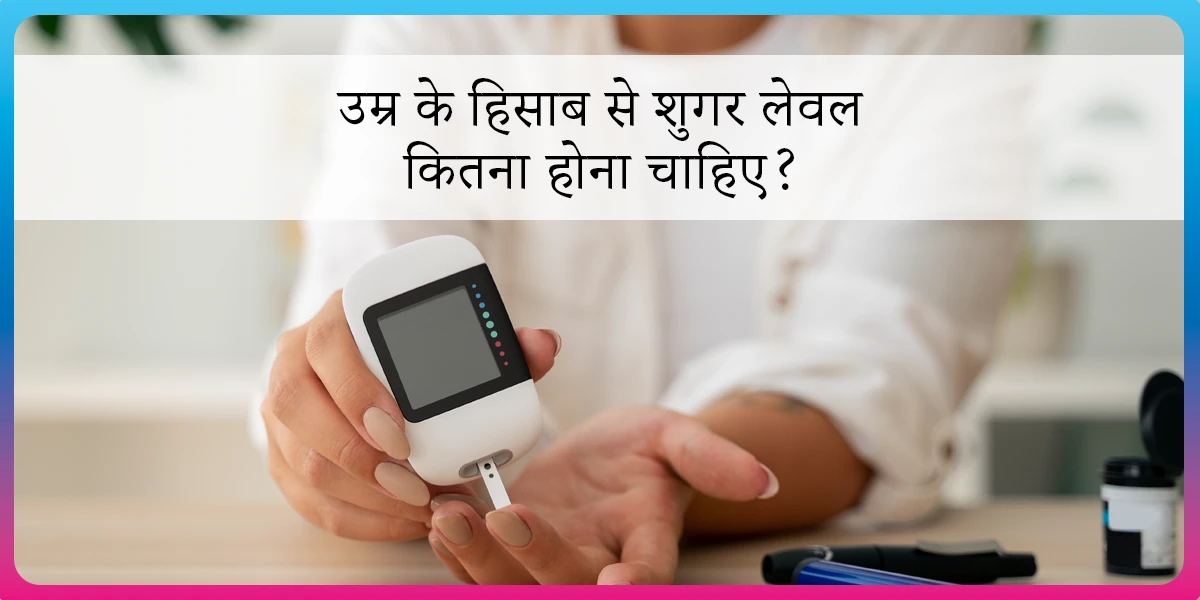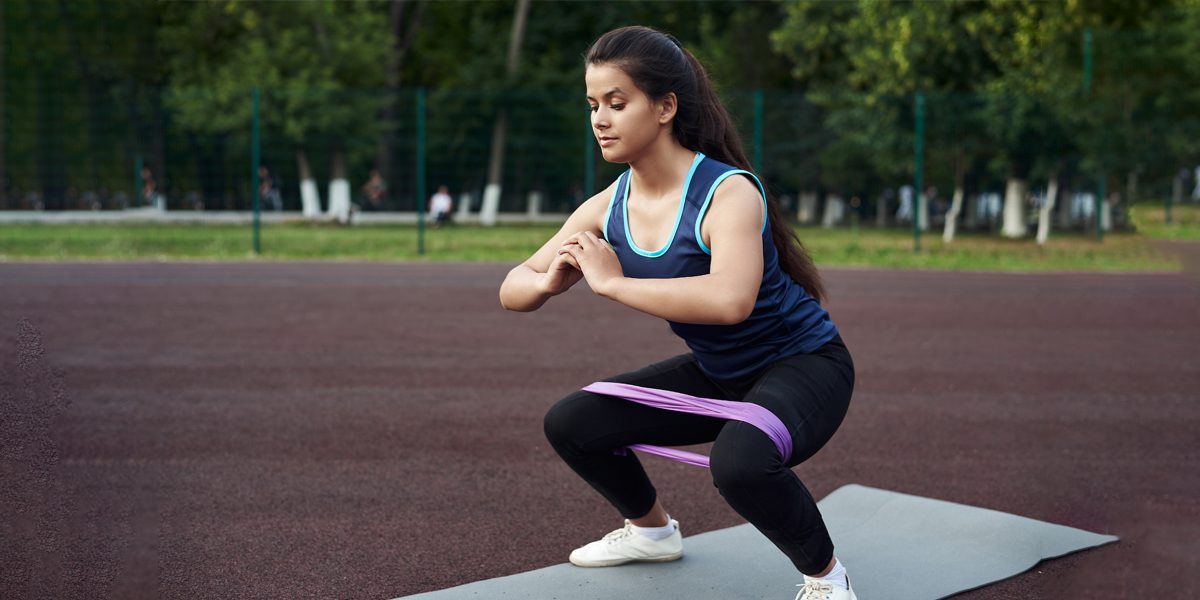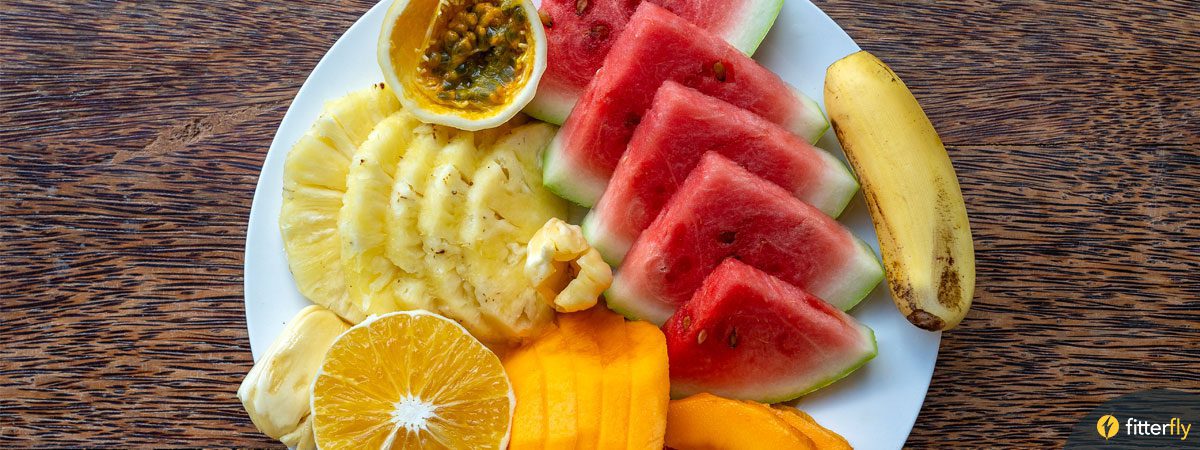Are Millets Safe for People with Diabetes?

For people with prediabetes and diabetes, dietary choices make important to maintain optimum blood glucose levels and good overall health. Grains like rice and wheat, a staple all over India, are often restricted for people with high blood sugar levels due to their high glycemic indices (GI).
But, what does one do if they are a significant part of their daily meal? Here’s where millets come into the picture.
Let’s learn more about millets for diabetes and if they are safe for these individuals.
Millets and their Nutrition
Millets are superfoods that have the superpower of growing in arid regions with high temperatures and are widely used in diabetes management for having relatively lower GI (depending upon the type of millet and how it is prepared).
There are over 13 varieties of millets grown, with the most common ones being:
- Jowar (sorghum millet)
- Bajra (pearl millet)
- Finger millet (ragi/nachni)
- Foxtail millet (kangni/kakum)
- Barnyard millet -Vari
- Kuttu (amaranth)
- Proso (chena)
- Kodo (kodri/kodro/arikelu)
The nutritional content of millet depends upon its type. However, most millets are rich in fibre, proteins, fats, and minerals like calcium, phosphorous, manganese, magnesium, zinc, iron and copper. This mineral content of millets varies depending upon the soil they grow in.
Besides these nutrients, millets are also a good source of plant compounds like:
- Lignans
- Phenolic compounds
- Beta-glucan
- Sterols
- Inulin
- Flavonoids
These plant compounds are known to be antioxidant and anti-inflammatory (the ability of a substance to reduce inflammation) in nature and contribute to lowering cholesterol, improving immunity and lowering inflammation associated with chronic diseases, including heart conditions and diabetes.
Glycemic Index of Millets
If you or someone you know has diabetes, it is natural to wonder if it is safe to consume millets for diabetes. To understand the effect of millets on people with diabetes, we must first understand the glycemic index of these whole grains.
To know your chances of Diabetes reversal, take the Diabetes Reversal TestDiabetes Reversal
Calculator
Millets, on average, have a glycemic index of 52.7, which is lesser than white rice and refined wheat. The GI of millets can be defined as low (<55) or medium (55-69).
The low to medium GI of millets is because of their high fibre content, which is digested slowly, causing a slower rise in blood glucose levels.
Here are the glycemic indices of a few millets:
| Millet | Glycemic Index | Glycemic Index Classification |
| Jowar (Sorghum millet) | 77 | Medium |
| Bajra (Pearl Millet) | 55 | Low |
| Varagu/Vari (Barnyard millet) | 68 | Medium |
| Ragi (Finger millet) | 104 | High |
| Foxtail millet | 88.6 | High |
Are Millets Safe for People with Diabetes?
While some studies have shown that the GI of millets is lesser than white rice, it was also found that consuming millets for a long period of time lowered the fasting and post-meal blood glucose levels significantly in people with diabetes when they were added to well-balanced meals containing proteins and vegetables.
A significant reduction was also seen in HbA1c levels among people with prediabetes who consumed millets for a long period. Minimally processed millets were more effective in lowering a meal’s GI than white rice and refined wheat.
REVERSED Diabetes in 3 months


5.7%
Happy members
EMI
Guarantee
4.8/5
Diabetes Prime Program
Current studies have found that consuming millets can be beneficial in managing and lowering the risk of diabetes. However, it is essential to note that different millets affect people differently.
For example, as we can see in the following PGR graphs, eating nachni (high GI millet) dosa with chutney increases blood sugar levels significantly. But, eating a bajra-based (low GI millet) dosa causes a lesser rise in blood sugar levels.
How To Consume Millets for Diabetes?
While millets can be found in varying ranges of GI, you must consult a nutritionist to determine how each type of millet affects your blood sugar levels. Here are a few other tips you can use while consuming millets if you have prediabetes or diabetes:
- Keep track of the type of other carbohydrates you are adding to your diet (if they are whole or processed, as whole grains are better for blood sugar control than processed ones)
- Monitor your portion sizes
- Track other low-caloric nutrients on your meal plate such as non-starchy vegetables
- Since excessive consumption of millets can increase blood sugar levels, regardless of their GI. So, to reduce the portion of millet, replace it with pulses, non-starchy vegetables, or curd (foods with low GI)
FitterTake!
As India celebrates the ‘Year of the Millets’, we must acknowledge the high nutritional value of these grains. While millets are better than rice and wheat for people with prediabetes and diabetes, it is essential to understand that millets can cause varying effects on blood sugar levels in different people.
For this reason, it is highly recommended to consult a nutritionist to determine the millet that suits your body the best and chart out a diet plan that is safe and healthy for you.
Need assistance in managing your blood sugar levels? Check out Fitterfly’s award-winning Diabetes Care Program, curated by experts, to help you better manage your blood sugar levels. Have more queries regarding millets for diabetes?
To learn more, simply give us a missed call at 08068507599, and we will definitely reach out to you.
This blog provides general information for educational and informational purposes only and shouldn't be seen as professional advice.





















